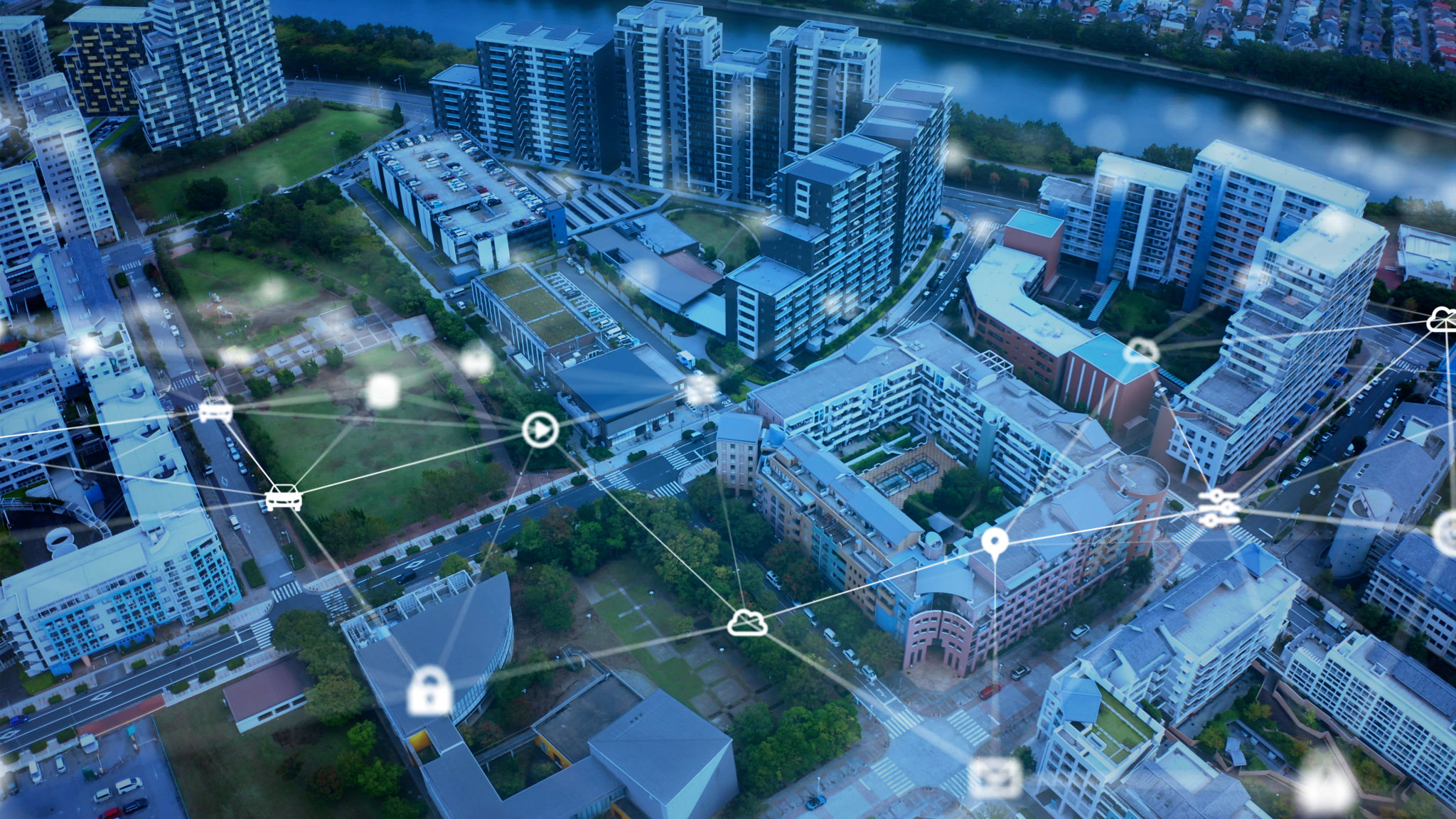IoT and AI Integration: Key Considerations for Businesses in Toronto
Understanding IoT and AI Integration
As businesses in Toronto continue to explore the potential of digital transformation, the integration of Internet of Things (IoT) and Artificial Intelligence (AI) is becoming increasingly important. IoT devices generate a plethora of data, and AI can analyze this data to make informed decisions and enhance operational efficiency. This synergy between IoT and AI offers businesses the opportunity to improve their services, reduce costs, and gain a competitive edge.
However, the integration of these technologies is not without its challenges. Businesses need to carefully consider various factors to successfully implement IoT and AI solutions. Understanding these considerations can help organizations in Toronto maximize the benefits while mitigating potential risks.

Data Security and Privacy
One of the primary concerns with IoT and AI integration is data security. IoT devices collect vast amounts of data, which can include sensitive information about customers and operations. Ensuring that this data is securely stored and transmitted is crucial to prevent unauthorized access and data breaches. Businesses should implement robust encryption protocols and regularly update their security measures to safeguard their data.
Moreover, privacy regulations like Canada's Personal Information Protection and Electronic Documents Act (PIPEDA) must be adhered to. Compliance with these regulations not only protects the business but also builds trust with customers who are increasingly concerned about their personal data being mishandled.

Infrastructure and Scalability
Integrating IoT and AI requires a strong infrastructure capable of handling large volumes of data in real-time. Businesses must assess their current IT infrastructure to ensure it can support the increased data load. This might involve upgrading existing systems or investing in new technologies such as edge computing, which processes data closer to where it is generated.
Scalability is another critical factor. As the business grows, so will its IoT network and the amount of data generated. A scalable infrastructure ensures that the system can handle growth without compromising performance or efficiency.
Choosing the Right Platform
Selecting the appropriate platform for IoT and AI integration is essential for seamless operation. Businesses should evaluate platforms based on their compatibility with existing systems, ease of use, and the level of support provided. An ideal platform will offer flexibility, allowing businesses to customize solutions according to their specific needs.

Workforce Training and Development
The successful implementation of IoT and AI requires a skilled workforce capable of managing these technologies. Investing in workforce training and development ensures that employees are equipped with the necessary skills to operate and maintain IoT systems and interpret AI-driven insights.
Businesses can offer training programs or collaborate with local educational institutions in Toronto to provide workshops and courses focused on IoT and AI technologies. This not only enhances employee capabilities but also fosters a culture of innovation within the organization.
Conclusion
Integrating IoT and AI presents a wealth of opportunities for businesses in Toronto, from improved operational efficiency to enhanced customer experiences. By carefully considering factors such as data security, infrastructure scalability, platform selection, and workforce training, businesses can successfully navigate the complexities of these technologies.
As these technologies evolve, staying informed about the latest trends and advancements will be crucial for businesses looking to remain competitive in the digital age.